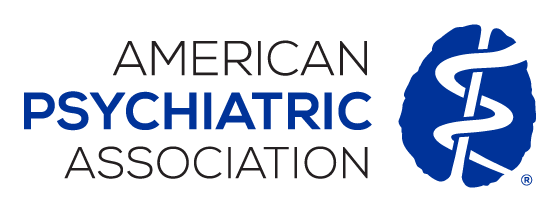 |
Technical and clinical advances have vastly improved the effectiveness and tolerability of ECT for patients with severe depression, and research is now beginning to elucidate how ECT works, he said. Kellner was joined at the session by Robert Greenberg, M.D., chief of geriatric psychiatry at New York University Langone Health, Brooklyn Campus; Adriana Hermida, M.D., of Emory University School of Medicine; and Robert Cotes, M.D., associate director of psychiatry residency education at Emory.
Advances in ECT include technical improvements such as the development of ultra-brief pulse wave ECT. This type of ECT has been shown to substantially diminish the risk of cognitive effects, the biggest fear among patients and family members regarding the treatment. “Modern ECT causes far less retrograde amnesia [than in the past],” Kellner said. “For seriously depressed patients, [concern about this side effect] should not be a deal-breaker.”
Despite improvements in ECT technology and evidence of the effectiveness of the therapy, Kellner told session attendees that the “biggest obstacle to the use of ECT are reservations about the treatment that cannot be explained [rationally].”
Kellner noted that allowing family members to be present for administration of ECT is an important way to diminish stigma about the treatment. “For many family members it is beneficial for them to stay in the treatment suite for the entire procedure,” Kellner said. “Family members are relieved to see that ECT is banal, quick, smooth, and safe.”
Kellner added that there have been new diagnostic indications for ECT, such as for treatment of self-injurious behavior related to autism. He added that the Centers for Medicare and Medicaid Services (CMS) is considering approval of a code for use of ECT in ambulatory surgical centers. “If that becomes available, it will be a major breakthrough for ECT access,” Kellner said.
Look for further coverage of IPS: The Mental Health Services conference in Psychiatric News.


